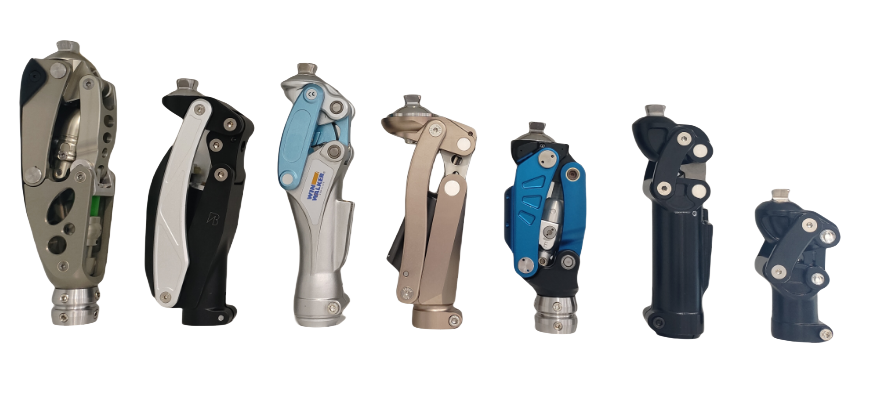All You Need to Know about Prosthetic Leg Joints in the Medical Devices Industry
Release Time:
Dec 16,2023
Discover essential information about prosthetic leg joints in the medical devices industry. Find out how these innovative devices work and improve the quality of life for individuals with limb loss.
Title: Enhancing Mobility and Quality of Life: Exploring Prosthetic Leg Joints in the Medical Devices Industry
Introduction:
Prosthetic leg joints play a vital role in the lives of individuals with limb loss, enabling them to regain mobility and independence. In the medical devices industry, these innovative prosthetic components have revolutionized the way people with limb loss can lead fulfilling lives. This article delves into the world of prosthetic leg joints, shedding light on their functionality, benefits, and impact on the quality of life for those who rely on them.
1. What are Prosthetic Leg Joints?
Prosthetic leg joints are specialized components that mimic the movement and functionality of natural human joints. These joints are designed to support and facilitate the movements of a prosthetic limb, providing stability, flexibility, and control. They are crucial for individuals with limb loss as they enable them to perform daily activities, walk, run, and engage in various physical activities with greater ease.
2. How do Prosthetic Leg Joints Work?
Prosthetic leg joints utilize advanced engineering and biomechanical principles to replicate the natural movement of the human body. These joints consist of various components such as hinges, hydraulics, and/or mechanical systems that enable smooth and coordinated movement. They are designed to withstand different forces and adapt to various terrains, ensuring optimal functionality and comfort for the user.
3. Types of Prosthetic Leg Joints
There are several types of prosthetic leg joints available, including:
a. Single-axis Joints: These joints allow movement in one plane, usually back and forth, providing basic functionality for walking and simple activities.
b. Polycentric Joints: With multiple axes, these joints enhance stability and provide a more natural walking pattern by allowing the prosthesis to flex and extend at different angles.
c. Microprocessor-controlled Joints: These advanced joints utilize sensors and computerized technology to adjust and adapt to a person's movements in real-time, providing a higher level of control, stability, and responsiveness.
4. Benefits of Prosthetic Leg Joints
Prosthetic leg joints offer numerous benefits to individuals with limb loss:
a. Improved Mobility: By replicating natural joint movement, these joints enhance mobility and enable individuals to perform a wide range of activities with greater ease.
b. Enhanced Comfort: Prosthetic leg joints are designed to provide optimal comfort, reducing pressure points and discomfort associated with prolonged use.
c. Increased Stability: The advanced functionality of these joints ensures stability during walking, running, and navigating various terrains.
d. Adaptability: Certain prosthetic leg joints can adapt to changes in walking speed, inclines, and uneven surfaces, offering a more seamless and adaptable experience for the user.
In conclusion, prosthetic leg joints have transformed the lives of individuals with limb loss in the medical devices industry. By emulating natural joint movement, these innovative components offer improved mobility, comfort, and stability. As technology continues to advance, the future holds even more remarkable possibilities for enhancing the quality of life for those who rely on prosthetic leg joints.
You Can Also Learn More About Industry Trends







